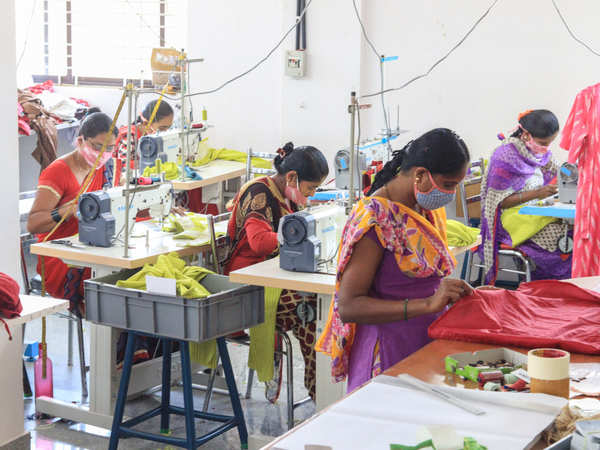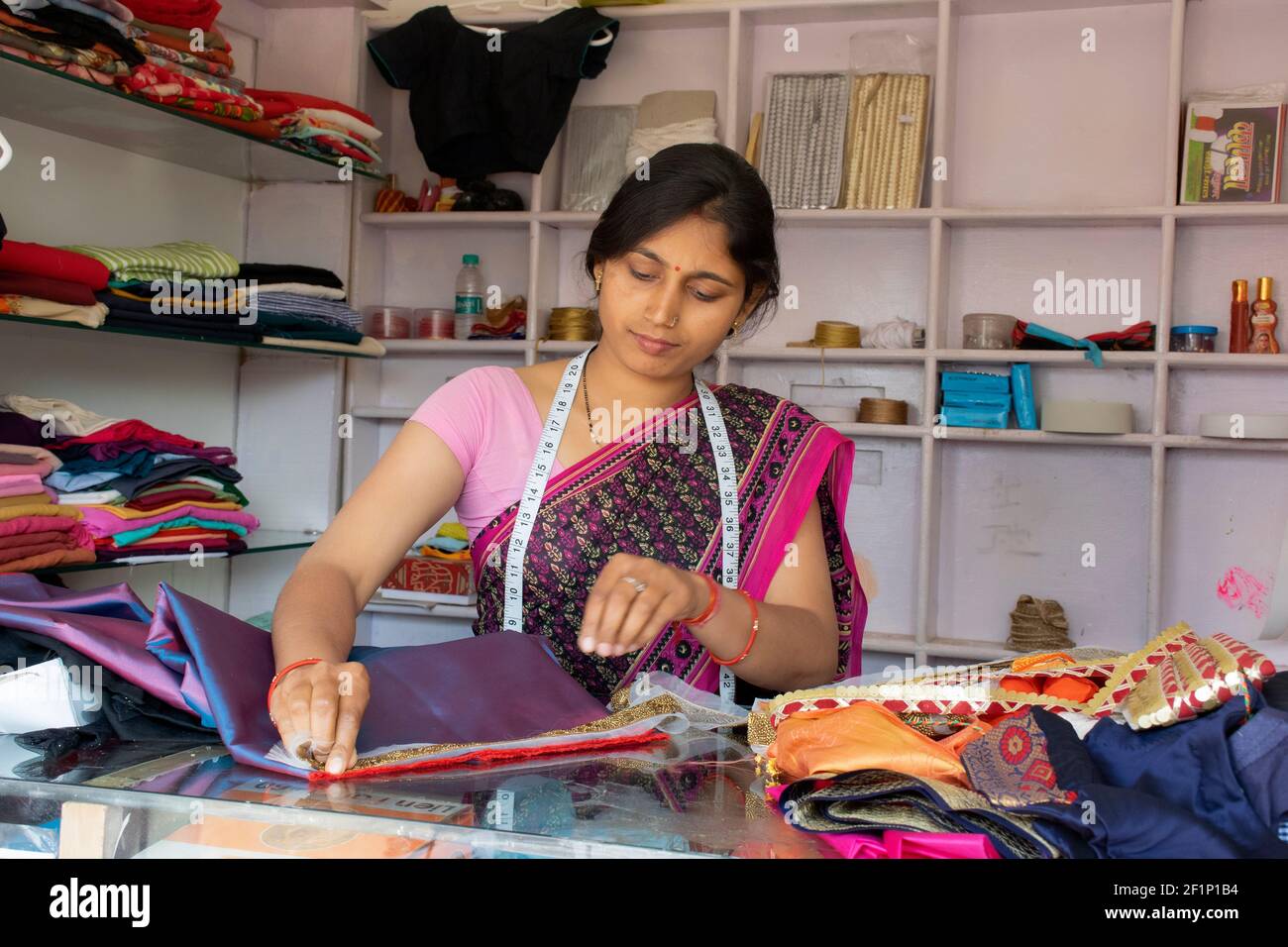Comprehending the Tailoring Process: From Fabric Selection to Final Fitting for the Ideal Wardrobe
The customizing process is a complicated interaction of art and scientific research, starting with the crucial decision of fabric selection and finishing in the precise changes of last installations. Each fabric type brings special top qualities that affect not only the aesthetic charm however additionally the garment's longevity and suitability for different events. Comprehending the nuances of customizing methods can raise one's closet to extraordinary degrees of sophistication. As we check out these aspects even more, one should consider how even the tiniest information can dramatically affect the general outcome of one's personal design.
Relevance of Material Option
Choosing the best fabric is vital in the tailoring process, as it directly influences the comfort, durability, and total visual of the last garment (tailor perth). The option of material sets the structure for the garment's efficiency, style, and functionality. Various materials possess distinct homes, such as weight, breathability, and stretch, which can substantially affect exactly how the garment drapes and fits the body
Moreover, textile option affects the garment's longevity and ease of care. Premium textiles can stand up to damage, preserving their look and framework in time, while lower-quality materials may lead to pilling or fading. Additionally, the best textile adds to the garment's ability to shift across events and periods, thereby enhancing versatility.
A tailored item made from a proper material not only showcases craftsmanship yet also elevates the user's confidence. Comprehending the subtleties of textile option is paramount for any tailoring venture. It guarantees that the end product not only meets the aesthetic needs of the client yet also straightens with functional demands, consequently attaining a harmonious equilibrium between form and feature in the tailored wardrobe.
Sorts Of Fabrics and Their Uses
Understanding the various kinds of fabrics offered is essential for making educated decisions during the customizing procedure. Each textile possesses one-of-a-kind attributes that determine its suitability for details garments and occasions.
Its versatility permits it to be tailored into every little thing from t-shirts to gowns. Its natural elasticity assists garments keep shape over time.
Silk emanates deluxe and is light-weight, making it excellent for eveningwear and delicate blouses; nonetheless, it calls for mindful handling as a result of its frailty. Bed linen, with its distinctive surface, is a popular choice for warm climates, providing a crisp and airy feeling, yet it wrinkles conveniently, which might affect the garment's appearance.
Synthetic textiles, such as polyester and nylon, deal durability and resistance to creases, making them ideal for day-to-day wear and energetic apparel. Understanding these textile types and their residential or commercial properties enables far better decision-making, making certain that each tailored piece not just fits well yet likewise lines up with the intended purpose and celebration.
The Tailoring Strategies Clarified
The art of tailoring depends on a variety of techniques that transform fabric right into well-fitted garments. Central to this process is pattern preparing, where a tailor develops layouts based upon the customer's dimensions and desired style. This preliminary action makes sure that the garment will certainly fit the user properly prior to any type of cutting happens.
Once patterns are developed, reducing strategies come into play. Precision is critical as inaccuracies can lead to misfitting garments. Tailors commonly make use of numerous reducing techniques, such as single-layer cutting for elaborate styles and multiple-layer reducing for efficiency on typical patterns.
Basting is one more vital method, allowing dressmakers to momentarily stitch fabric items together for a preliminary installation. This method supplies the possibility to assess the drape and overall shape before final sewing.
Seaming techniques, including french seams and flat-felled seams, enhance the garment's sturdiness and visual appeal. Tailors likewise utilize methods such as interfacing and padding to offer structure and form to details areas, like collars and shoulders.
Finally, ending up methods, consisting of hemming and edge finishing, make sure the garment's long life while offering a sleek appearance. With each other, these techniques form the foundation of efficient customizing, resulting in charming, tailor-made apparel.
Suitable Modifications and Factors To Consider

Trick factors to consider include the shoulder fit, which must neither sag nor limit activity, and the sleeve length, which need to enable comfy arm motion while keeping a find out this here polished look. Furthermore, changes at the midsection can fine-tune the shape, with options to allow out or take in material as required.
The surge of pants is an additional important aspect; it needs to sit comfortably above the hips without causing discomfort, allowing for ease of motion. Hemming lengths for both pants and skirts need to show the user's preferred style while respecting proportions.

Maintaining Your Tailored Clothes
Proper upkeep of tailored garments is important to protecting their fit and look gradually. To ensure long life, normal cleansing is vital. Constantly follow the care tag directions, which might suggest completely dry cleaning for delicate materials or device washing for even more resilient materials. Avoid frequent laundering, as this can wear down the textile and change the garment's form.
Storage is similarly crucial; use padded wall mounts for coats and layers to preserve shoulder structure, and store trousers folded up nicely or hung to avoid creasing. Safeguard garments from straight sunlight, which can discolor shades and damages fibers.
In addition, regular assessments for small repairs can stop larger problems. Look for loose switches, fraying seams, or indicators of moth damages, addressing these issues promptly to preserve the garment's stability.
Last but not least, consider seasonal turning. Using tailored pieces in small amounts enables materials to recuperate, prolonging their life-span. By applying these upkeep strategies, you can make certain that your tailored garments stay as immaculate as the day you first wore them, boosting your suitable wardrobe for several years to come.
Conclusion
The tailoring process, encompassing textile choice, experienced techniques, and precise fitting modifications, plays an important function in producing official site garments that boost both comfort and design. Each stage contributes to the total efficiency of the final product, making certain that garments not just fits well but likewise reflects private identification. Moreover, understanding the importance of maintenance prolongs the life of tailored garments, strengthening their value in a well-curated closet. A comprehensive approach to customizing culminates in a confident and refined appearance.
Picking the ideal material is crucial in the customizing procedure, as it straight affects the comfort, durability, and general visual of her response the last garment. The choice of fabric sets the structure for the garment's functionality, efficiency, and style. Different textiles possess one-of-a-kind homes, such as stretch, weight, and breathability, which can dramatically impact how the garment drapes and fits the body.
The art of customizing depends on a range of techniques that change fabric right into well-fitted garments.The customizing process, encompassing textile selection, proficient strategies, and accurate suitable changes, plays an essential function in producing garments that boost both comfort and design.